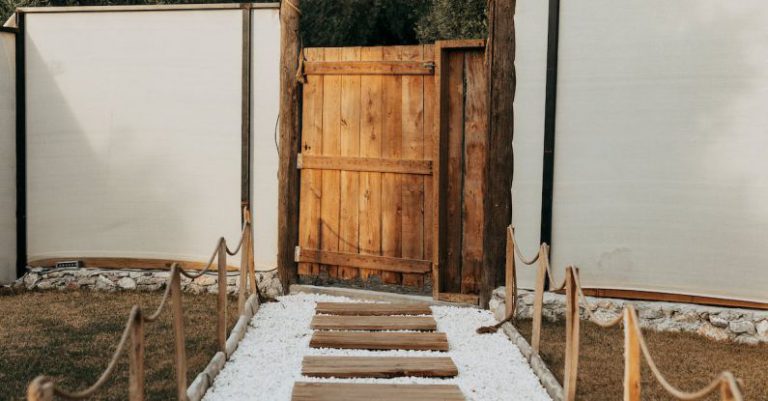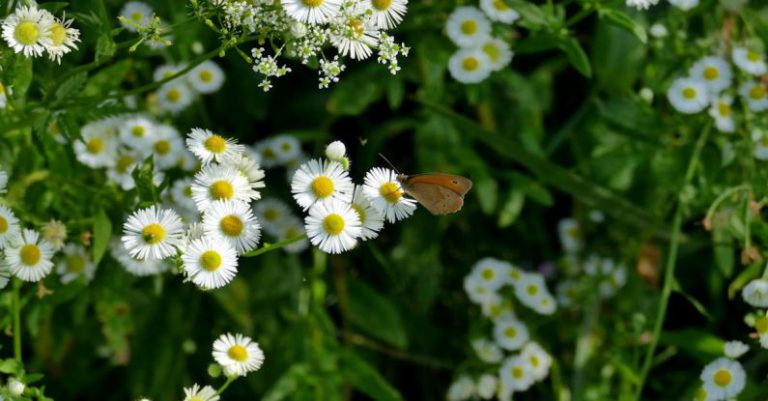When Is the Best Time to Lay Sod for a New Lawn?
Creating a lush, green lawn is a dream for many homeowners. Whether you’re starting from scratch or renovating an existing lawn, one important decision to make is when to lay sod. The timing of this crucial step can greatly impact the success and health of your new lawn. In this article, we will explore the best time to lay sod for a new lawn, taking into consideration various factors that can affect the outcome.
Early Spring: An Ideal Time for Sod Installation
While there are various factors to consider, early spring is generally the best time to lay sod. This is because the cooler temperatures and increased rainfall create the perfect conditions for sod establishment. The soil is still moist from the winter, allowing the roots to penetrate more easily, while the cooler temperatures help prevent the sod from drying out too quickly. Additionally, laying sod in early spring gives it the entire growing season to establish itself before the stress of the summer heat.
Late Summer and Early Fall: Another Optimal Window
If you miss the opportunity to lay sod in early spring, late summer and early fall is another optimal window. During this time, the soil is still warm from the summer heat, which promotes root growth. The cooler temperatures and potentially increased rainfall provide a favorable environment for the sod to take root. However, it is important to lay sod early enough in the season to allow it sufficient time to establish before the first frost.
Avoiding Extreme Weather Conditions
While early spring and late summer/early fall are generally the best times to lay sod, it is important to avoid extreme weather conditions. Extreme heat or cold, as well as drought conditions, can greatly hinder the success of sod installation. It is best to lay sod when temperatures are moderate and there is adequate moisture in the soil.
Preparing the Soil: A Crucial Step
Regardless of the time of year, proper soil preparation is crucial for successful sod installation. This includes removing any existing vegetation, tilling the soil, and incorporating organic matter to improve its structure and fertility. By preparing the soil properly, you create an optimal environment for the sod to take root and thrive.
Watering: Key to Successful Sod Establishment
Once the sod is laid, proper watering is essential for its establishment. This involves watering the sod immediately after installation and keeping it consistently moist for the first few weeks. However, it is important to avoid overwatering, as this can lead to shallow root growth and other issues. A deep watering once or twice a week is generally sufficient, depending on the weather conditions.
Ongoing Lawn Care: Nurturing Your New Sod
After the sod is established, proper lawn care practices are essential to maintain its health and beauty. This includes regular mowing, fertilizing, and weed control. It is important to follow a consistent lawn care routine to keep your new sod looking its best.
In conclusion, the best time to lay sod for a new lawn is in early spring or late summer/early fall. These periods offer favorable weather conditions for sod establishment, allowing it to take root and grow. However, it is important to avoid extreme weather conditions and ensure proper soil preparation and watering for successful sod installation. By following these guidelines and maintaining proper lawn care practices, you can enjoy a lush, green lawn all year round.






